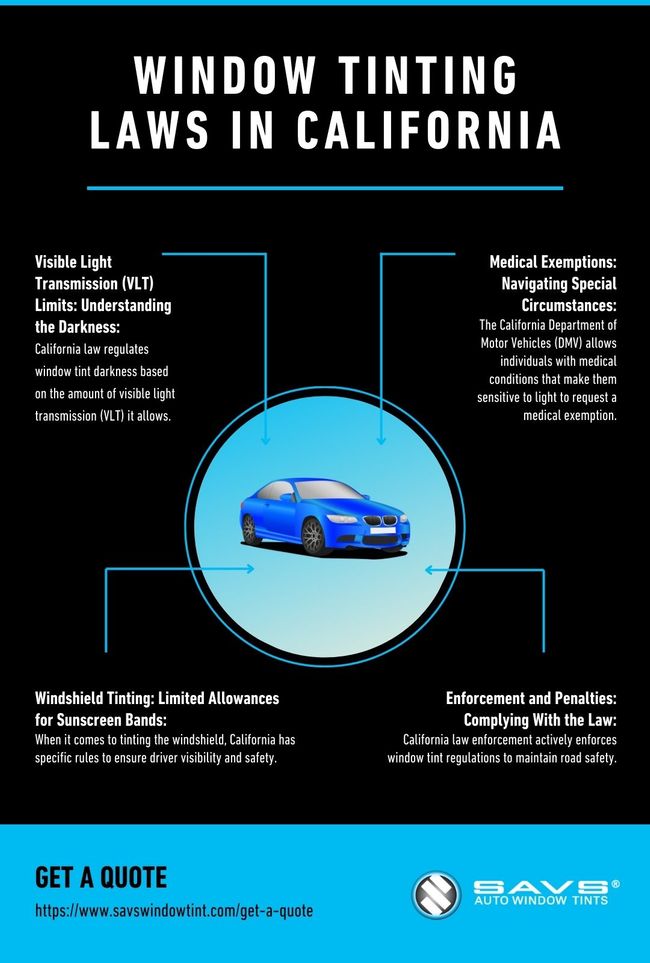Window tinting has become a popular customization for vehicles, offering benefits such as privacy, reduced glare, and heat reduction. However, when it comes to window tinting, it's crucial to stay within the legal boundaries to avoid fines and ensure road safety. California, known for its stringent regulations, has specific laws governing window tinting.
At SAVS Window Tint in California, we are confident our window tinting services will exceed your expectations. Contact us today to learn more!





